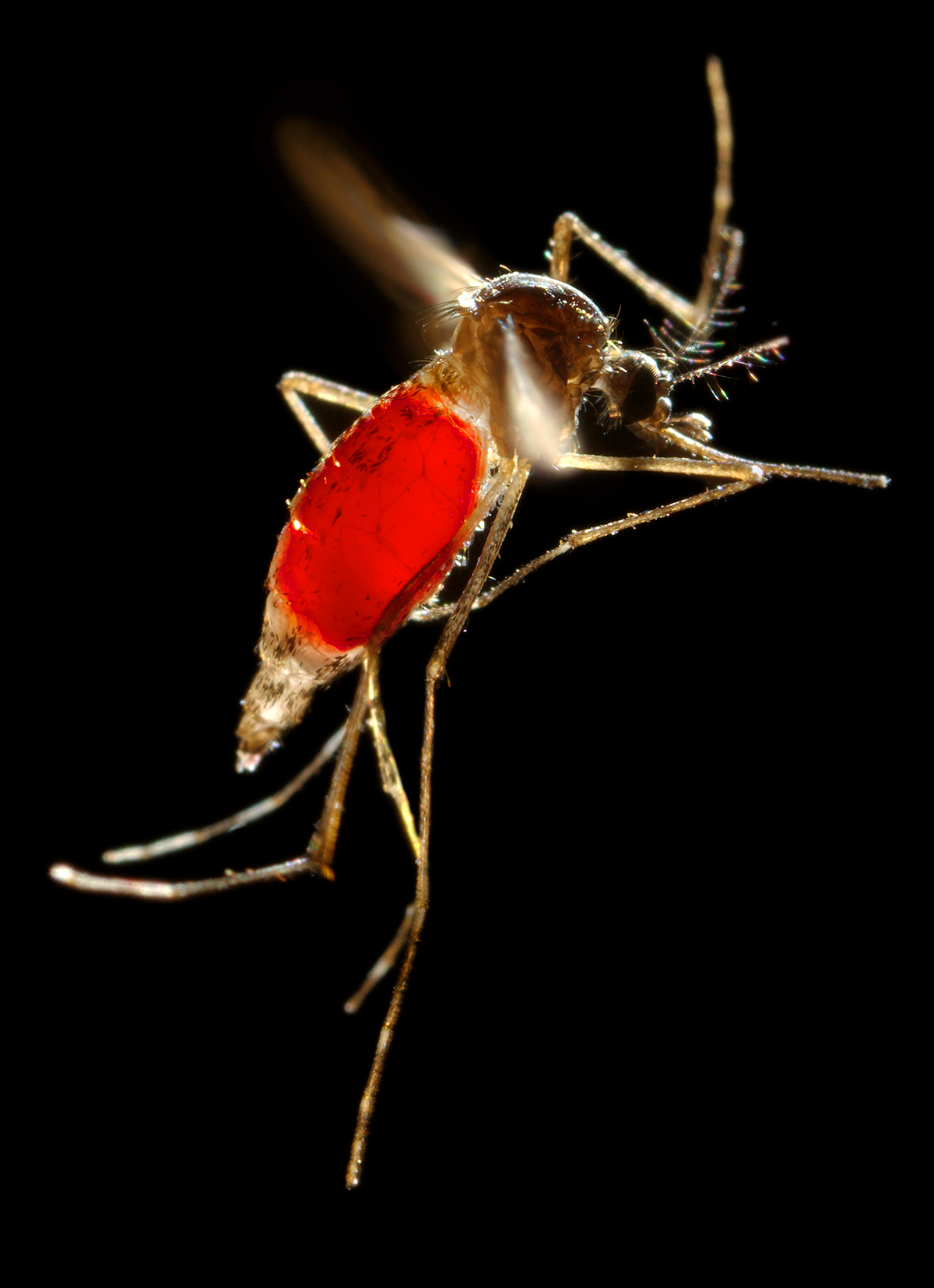Has Zika transmission begun in the continental United States?
Is it possible that Zika has already entered Aedes aegypti mosquito populations within the continental United States and that people in the at-risk areas of the Gulf Coast, Arizona, and California are already being infected with the virus? If so could transmission have begun without our knowing about it?

Based on other arbovirus infections, if Zika transmission was to begin, now is the time, with urban areas of the Gulf Coast, especially Texas and Florida, and southern Arizona and California the most vulnerable.
The month of June is a dangerous time in the Northern Hemisphere in terms of arboviruses – viruses transmitted by mosquitoes. For example, a retrospective study of a dengue outbreak that hit Houston, Texas in 2003 revealed that it picked up momentum substantially in June of that year. Both dengue and Zika virus infections are transmitted primarily by the same Aedes aegypti mosquito specifically adapted to human habitats.
How will we know if Zika has arrived in these areas? It’s important to remember that detection of Zika transmission will be discovered at the local level, meaning by city, county, or state authorities or health practitioners.
One way Zika might be detected is through sampling of trapped and pooled Ae aegypti mosquito populations and then looking for evidence of the virus genome through a test called the polymerase chain reaction. The problem with that approach is that it’s a bit like looking for a needle in a haystack as studies have shown that even in areas with established dengue transmission it’s often difficult to detect the virus in trapped mosquitoes.
Another way of finding Zika transmission is through local blood supply testing by identifying local volunteers who test positive for the virus. However, the numbers of people who donate blood annually are still relatively small, around 2% of the US population, and it is not even clear what our national capability is for widespread Zika testing.
The most direct way to determine if Zika virus transmission has begun would be if local, county, or state health officials were to undertake programs of active surveillance in which people living in potentially at risk communities would be asked to provide a blood sample to look for evidence of recent or past exposure to Zika.
Alternatively such “sentinel surveillance” could be conducted in area clinics or community health centers. Such studies, however, require funds to hire new staff or divert existing staff from current activities. Unfortunately, in the absence of new funding from the US Congress, it’s unclear whether significant numbers of such studies are underway.
The most likely way we may know if Zika transmission has started on the US Gulf Coast or Arizona or California is if the following sequence of events occurs:
1) An individual with fever and rash or other symptoms seeks healthcare;
2) the physician, nurse practitioner, or physician assistant connects the dots and realizes that the constellation of patient symptoms could indicate a new Zika case even in the absence of travel; and
3) the healthcare provider draws a blood sample and the city, county, or state laboratory is willing to conduct a test for current or past Zika virus infection.
That is to say, we may only learn about Zika transmission in the Southern United States through serendipity.
There is a real concern that Zika virus transmission could be missed and we will discover it only if and when babies with microcephaly appear on obstetrical wards in the affected areas. Until then it looks like our best hope for finding Zika transmission is through expanded US federal support to strengthen our local, county, and state health systems to initiate programs of active surveillance.
-By Peter Hotez, M.D., Ph.D., professor of pediatrics and molecular virology and microbiology and dean of the National School of Tropical Medicine at Baylor College of Medicine, president of the Sabin Vaccine Institute, and Texas Children’s Hospital Endowed Chair in Tropical Pediatrics




Thanks for a nice post.
Although the threat of introduction is real,the probability of a large-scale epidemic in the US is low.All the dengue outbreaks so far in the US and Europe have been very local and small.
Why would Zika behave differently?
So I do not believe we’ll see clusters of microcephaly in the US,that would require a large-scale epidemic to occur
Unlike West Nile, humans are the sentinel chickens. Given the number of travel-associated cases in Florida, it is difficult to imagine that local transmission has not occurred. However, with physicians alert for Zika viral illnesses primarily in pregnant women, it could take some time to be discovered.
Florida’s rate of microcephaly, pre-Zika, was 6.4 / 10,000 in 2006-2010, while Texas was 11.5 and Louisiana 11.1. Risk of any Zika caused microcephaly is on top of existing high levels of the condition.
Pingback: Has Zika transmission begun in the continental United States? | Peter J. Hotez, MD, PhD
I keep wondering the same thing as John: Why does Dr. Hotez think it is likely that Zika will behave differently in the states from the way DENV and CHIKV have behaved? (See this interactive link, with numbers of returned infected travelers and numbers of local transmission cases by state, over several years: http://diseasemaps.usgs.gov/ )
I agree that we will most likely miss the index case of autochthonously-transmitted Zika. But we should certainly find out, way before any domestically-infected microcephalic babies are born, and before very many (if any) domestically-infected pregnancies are far along, that there is a Zika cluster. With only 2% of the population pregnant at any given time, small clusters of Zika cases are not likely to include large numbers of pregnant women.
I do worry about “worse” case scenarios. I think it is very important to discuss how much we should prepare for Zika scenarios worse than the “most likely” Zika scenario. I certainly have watched viruses surprise us with unexpected behavior during my years of doing outbreak risk communication.
But I think many officials, and a few experts, are describing various “worse” case Zika scenarios as if they were the “most likely case” scenarios. CDC and NIH keep describing the most likely case as similar to DENV and CHIKV, but always with a caution that they can’t guarantee that. (See: “Zika Risk in the U.S. States: Widespread or LImited?” by Jody Lanard and Peter Sandman, at: http://www.psandman.com/col/zika-4.htm )
Dr. Hotez, I wish you would either explain why you are creating the impression that a Zika “worse” case scenario is imminent (or even invisibly underway) — or acknowledge that while you are indeed describing a kind of worst case, you also think (if true) and hope that the “most likely” case will be as bad as it gets.
Bottom line question: Why are you communicating as if you are so sure Zika transmission in the continental U.S. will be drastically worse than DENV and CHIKV transmission in the continental U.S.? Is that what you really think is most likely?
Jody Lanard MD
Pingback: Zika May Be Spread Locally And There's Not Enough Funding
Pingback: Funding For Zika May ‘Already Be Too Late’ | USA Press